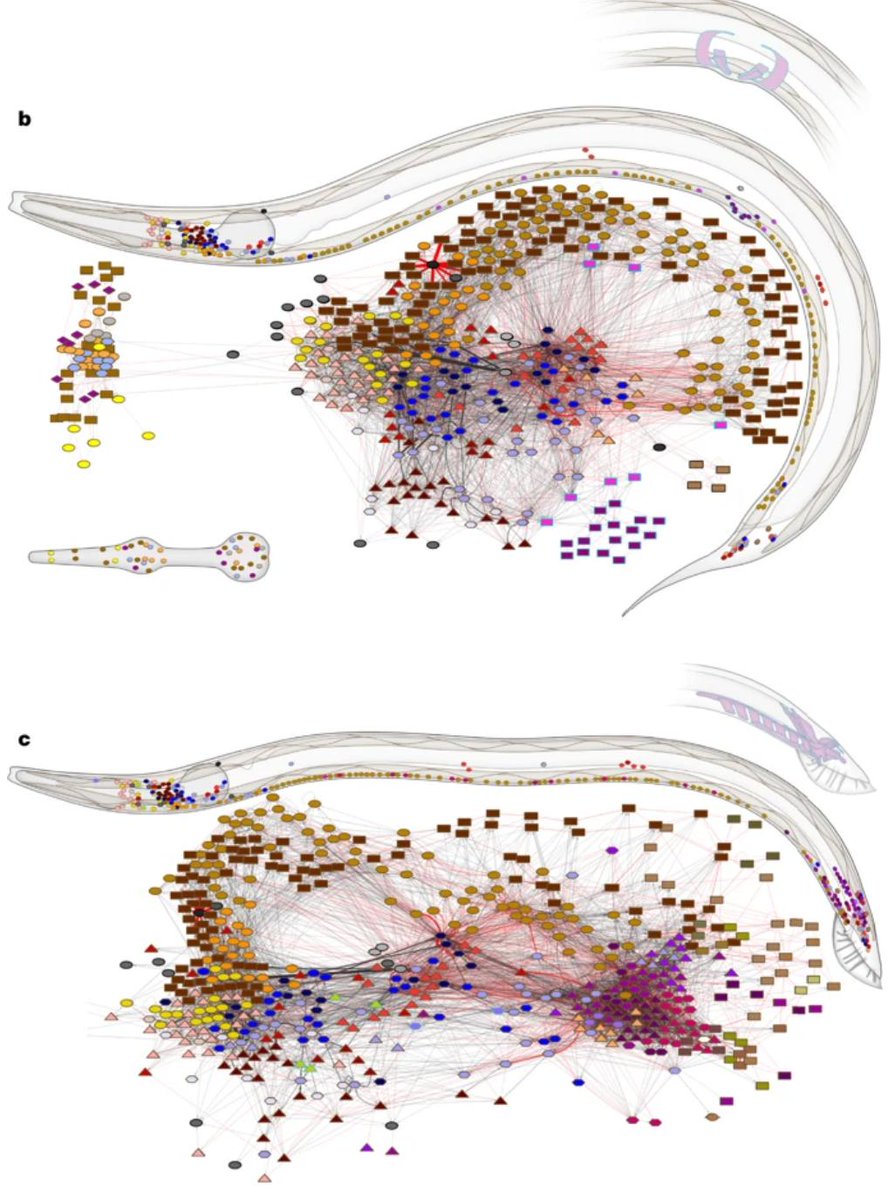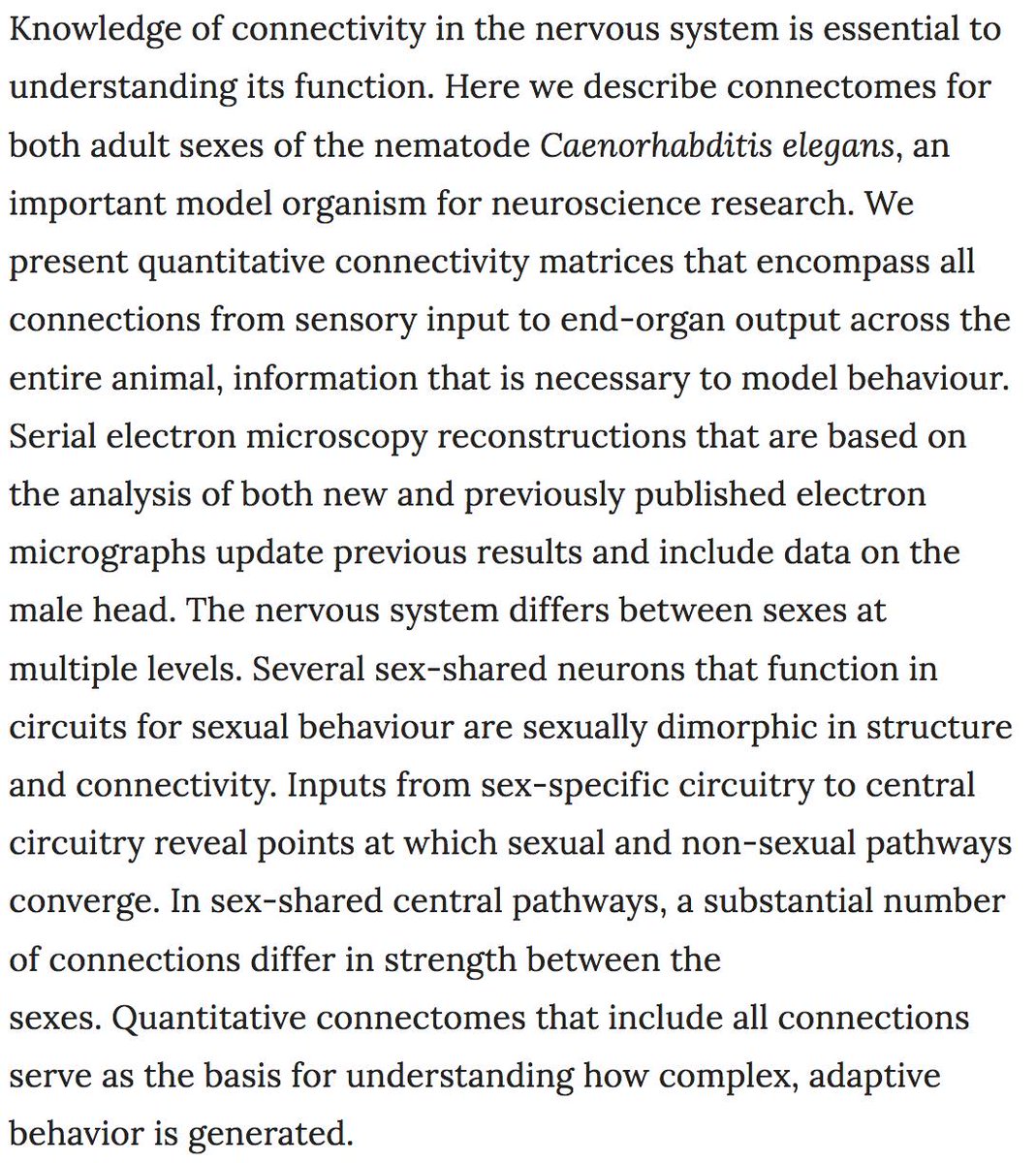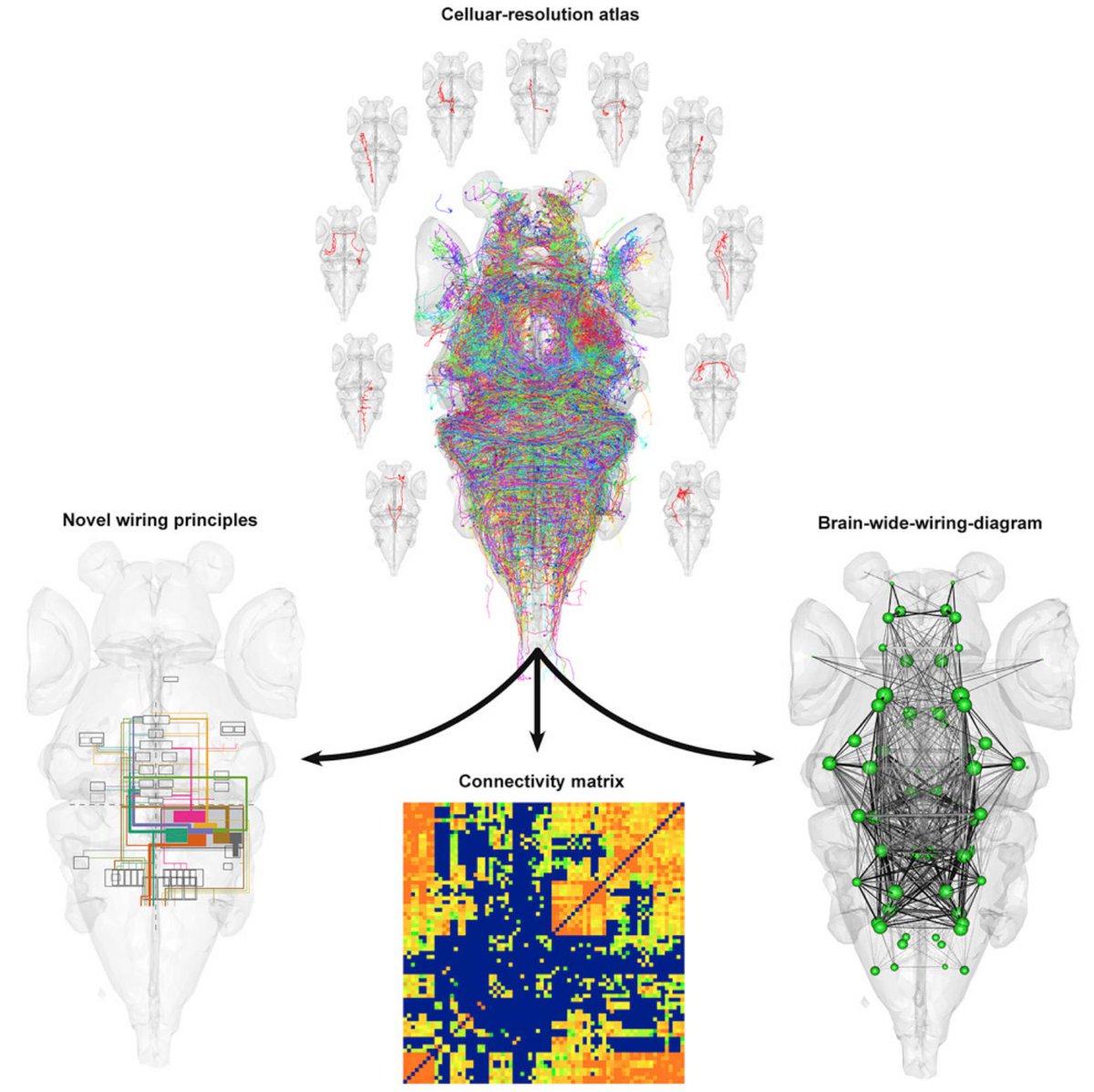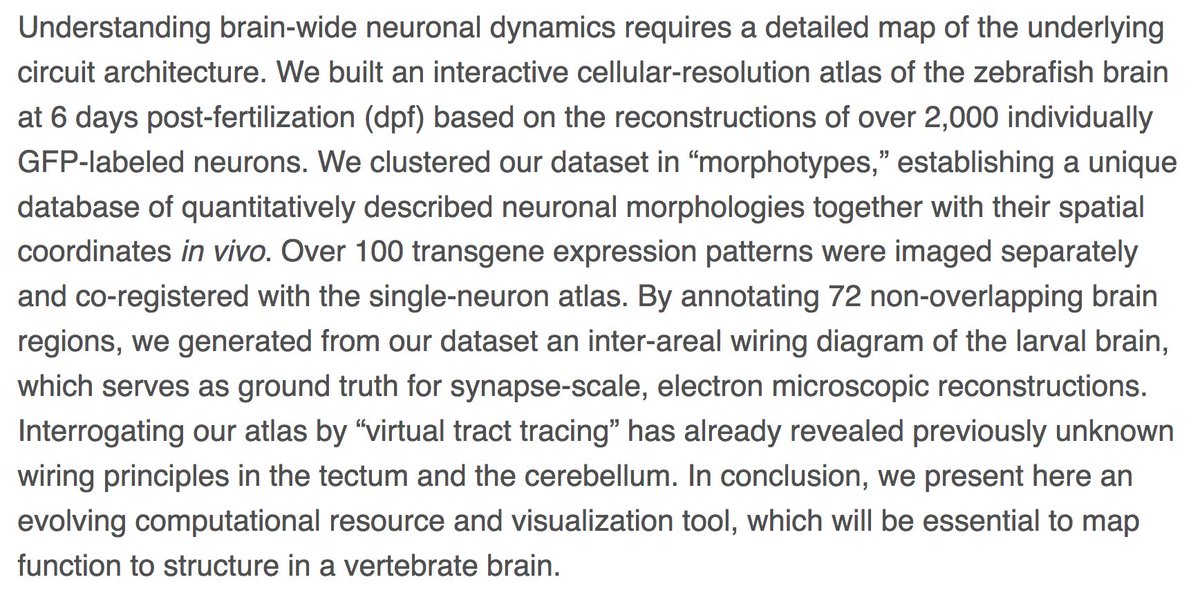cell.com/neuron/fulltex…
How does the nervous system maximize reward in a dynamic world? In the brain's panoply of functions, these are among its most wonderful. Theory says that decision policies are updated by feedback.
Contact me if you're interested in solving any of these puzzles together.








